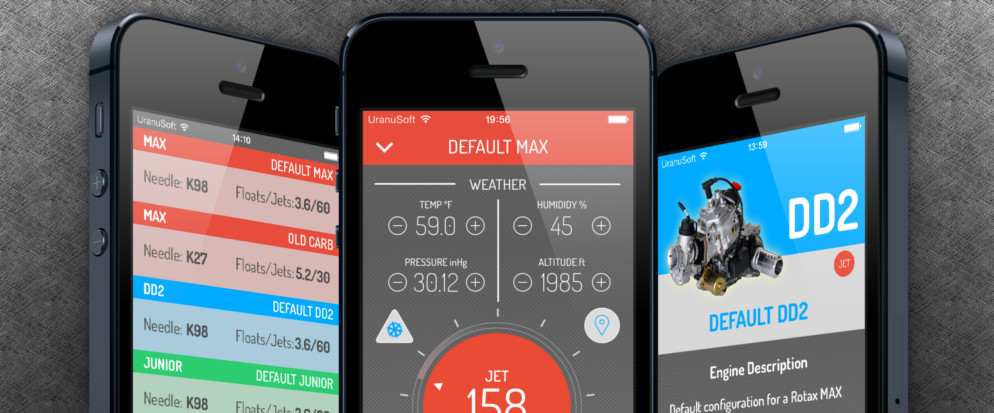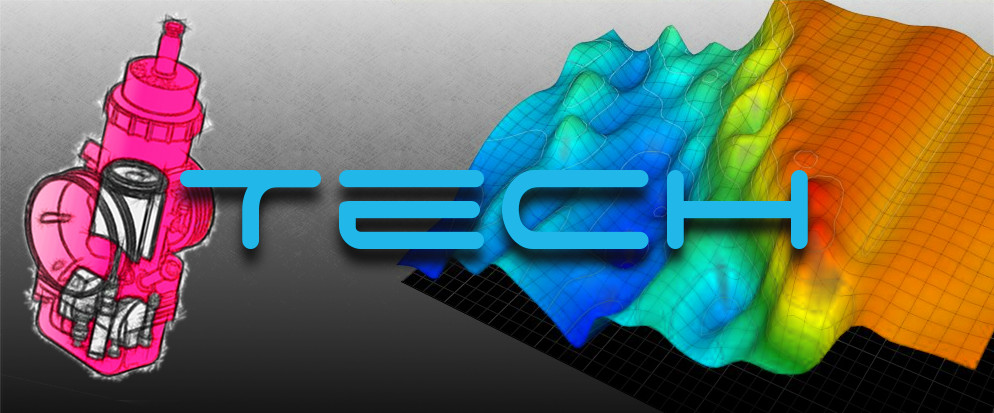What is carburetor ice?
Carburetor ice is the term for a condition where ice accumulates in the throat of a carburetor.
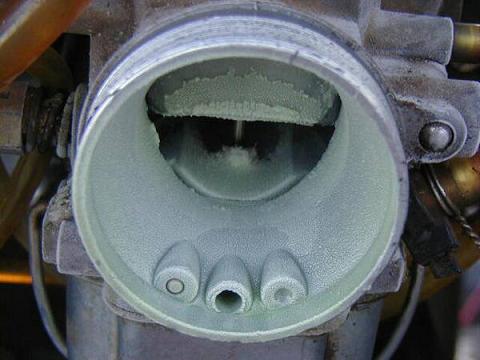
Image courtesy of ACRO Engines & Airframes Ltd.
Carburetor icing occurs when there is humid air, and the temperature drop in the venturi causes the water vapor to freeze. The ice will form on the surfaces of the carburetor throat, further restricting it. This may increase the Venturi effect initially, but eventually restricts airflow, perhaps even causing a complete blockage of the carburetor.
In order to understand carburetor ice, you have to understand a bit about how a dellorto carburetor works. One of the key principles of a carburetor is the venturi, a constriction inside the carb which causes air to flow faster. This drops the air pressure in the venturi, which allows fuel to be sucked from the float bowl through the jet system.
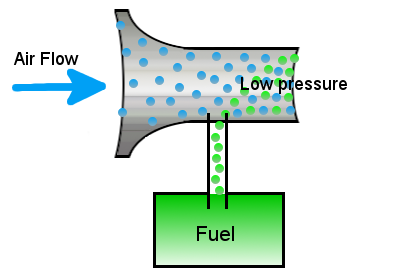
The drop in pressure also lowers the temperature of the intake air. This temperature drop is aided by the evaporation of gasoline, which is being atomized by the carburetor to burn in the engine and cools the body of the carburetor. When the carb body drops below the freezing point (32° F or 0° C), any moisture in the air which hits the carb body has a chance of freezing onto it. Unfortunately, the temperature drop also tends to condense water vapor out of the air, just like water collecting on the side of a cold glass. If there's any water in the fuel, this can contribute to the ice problem. As this occurs, more and more water can freeze to the carb body, gradually building up ice on any of the carb surfaces. The more ice there is, the less air can get through.
Middle throttle openings are the worst for carb ice because they allow a good amount of air to flow (and therefore pressure to drop and gasoline to evaporate), but also present a lot of surface area on which ice can accumulate. Idle throttle gives relatively little cooling, and full throttle presents relatively less surface area for ice, as well as producing higher temperatures from the engine.
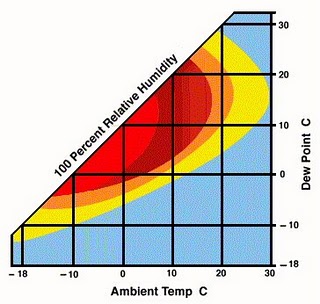
Carb ice is a problem because it constricts the caburetor, reducing the fuel/air mixture the engine can get. Under appropriate conditions, carb ice can entirely kill the engine. Even before that, it reduces the engine's performance enough to be dangerous in any real-world traffic situation. Carb ice is closely analagous to asthma in a living creature.
In severe cases (high humidity, low temp), ice can block jets, resulting in an unexplained progressive lost of engine power even at temperatures above 25ºC (77ºK). The effect is temporary, so it can not be diagnosed in boxes.
Factors affecting carb icing include:
★ Current Temperature
★ Dew point
★ Relative Humidity
★ Altitude
★ Throttle Opening (related to riding style)
KartMAX Apps
All KartMAX Apps include a warning sign with three levels of risk:
| Low risk | |
| Medium risk | |
| High risk |
To reduce the risk of carb-ice is recommended to use a quality fuel, avoiding any water contamination, and take the air filter clean and oiled.
For more information, WikiPedia.org






